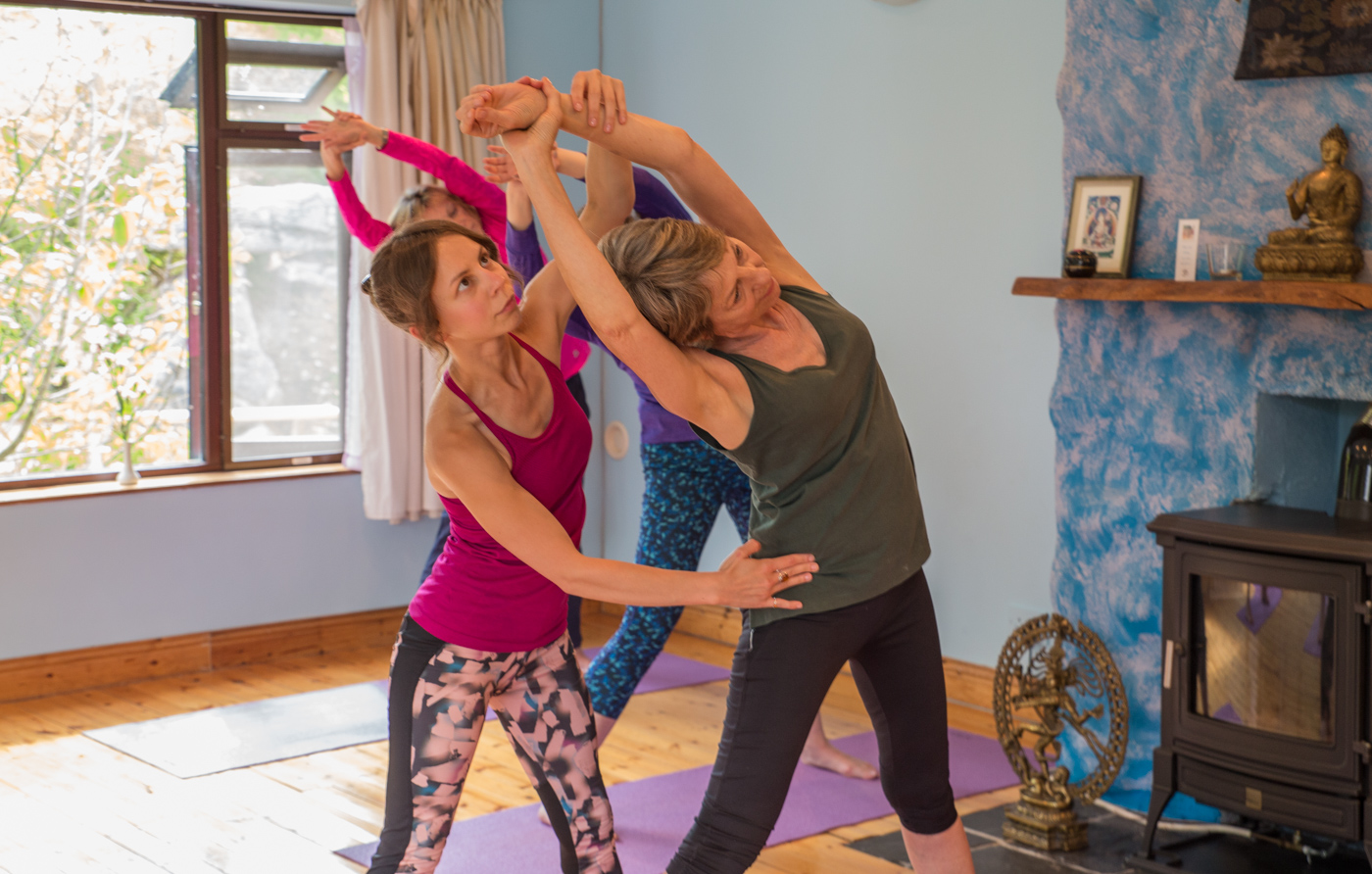Whether you’re new to yoga or returning to the practice after a long break, you may be feeling overwhelmed or unsure of where to start. A beginner's yoga class will introduce (or re-introduce) you to the practice while teaching you the most important fundamentals that will serve as the foundation for your practice.
If you’re just getting started with yoga, here are some tips to help you succeed.
1. Start with a Gentle Practice
Many new yogis are excited about trying more advanced poses or experimenting with intense yoga styles, like vinyasa or ashtanga. However, if this is your first experience with yoga, consider starting with a gentle routine designed with beginners in mind.
A gentle beginner’s practice will help you get acquainted with the postures, their names and how to safely get into them. It will also give you an opportunity to see if yoga is a good fit for you.
Remember – we cannot walk before we crawl. It’s okay – in fact, it’s recommended – that you start with a beginner’s class.
While in-person classes are a wonderful way to get familiar with yoga, you can also find excellent classes online. I encourage you to try my complete beginner’s Hatha yoga class. It‘s a gentle, slow routine that will help you form a solid foundation for your practice.
If you are looking for an interactive class, personalised instructions and community atmosphere, try my live online Gentle Yoga class on Wednesday at 7pm.
Complete Beginners Evening Hatha Yoga with Karolina
2. It’s Okay to Modify Poses
If you are new to yoga, you may see videos of teachers and practitioners doing a perfect standing forward bend (called Uttanasana). Their palms are sitting flat on the floor. Maybe they can touch their noses to their knees.
As a beginner, you may strive to reach that level of flexibility, but it’s important to remember that you are just getting started. It’s okay to modify poses. In fact, it’s encouraged. Maybe you can only reach your calves or your thighs when bending forward. That’s okay. It’s better to modify poses than to injure yourself.
Yoga is not about perfect postures. It’s about accepting yourself and working within your own personal limits. Start where you are, and listen to your body. With time and regular practice, your body will open up and allow you to enter the full posture.
3. Use Props and Straps
Props and straps are helpful tools for beginner yogis. Use them if you can or need to. Straps, blocks, blankets and wheels can help you enter poses or modify them, so you can make the most of your practice.
- Blankets can help support your knees or back.
- Blocks can be used as an extension of your arms, or you may use them to support your hips, back or head.
- Straps can create space or resistance to help you enter a pose.
- Props can assist you in entering poses, and they can also be used to stabilize your joints when holding or moving into postures.
4. Soak Up Your Savasana
Most yoga practices end with savanasa (or corpse pose). The purpose of this posture is to give your body a rest and soak up the effects of your practice. However, many beginners find this pose to be the most challenging. It’s not always easy to lay quietly with your thoughts when you’re used to being on the run 24/7.
Allow yourself the time to sit and really enjoy savanasa. Start with just five minutes and work your way up to 15 or more over time.
Final Note
If you’re new to yoga, the best thing you can do for your practice is take a beginner's yoga class. By starting with the basics, you will help build a solid foundation that will allow you to flourish in your practice over time.


